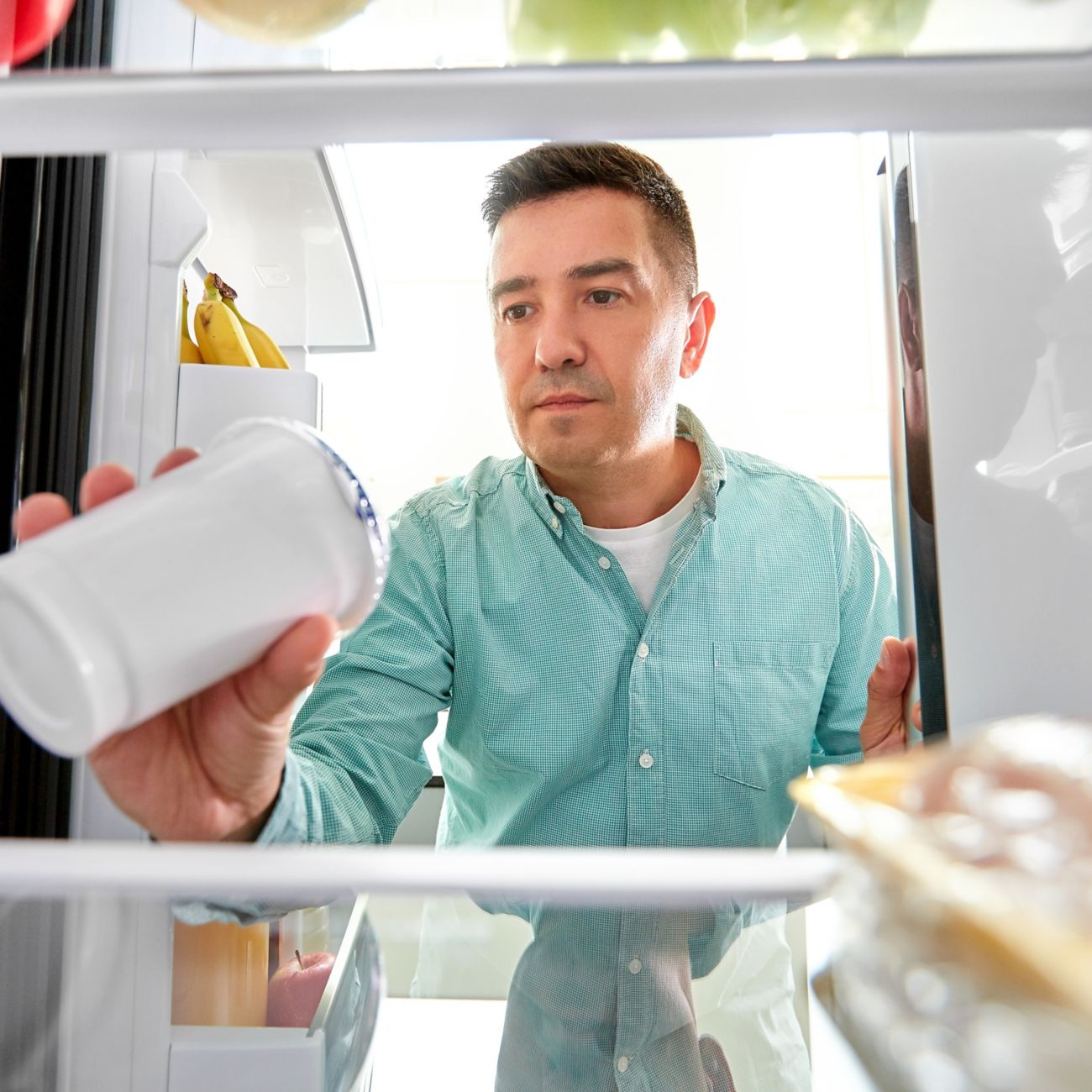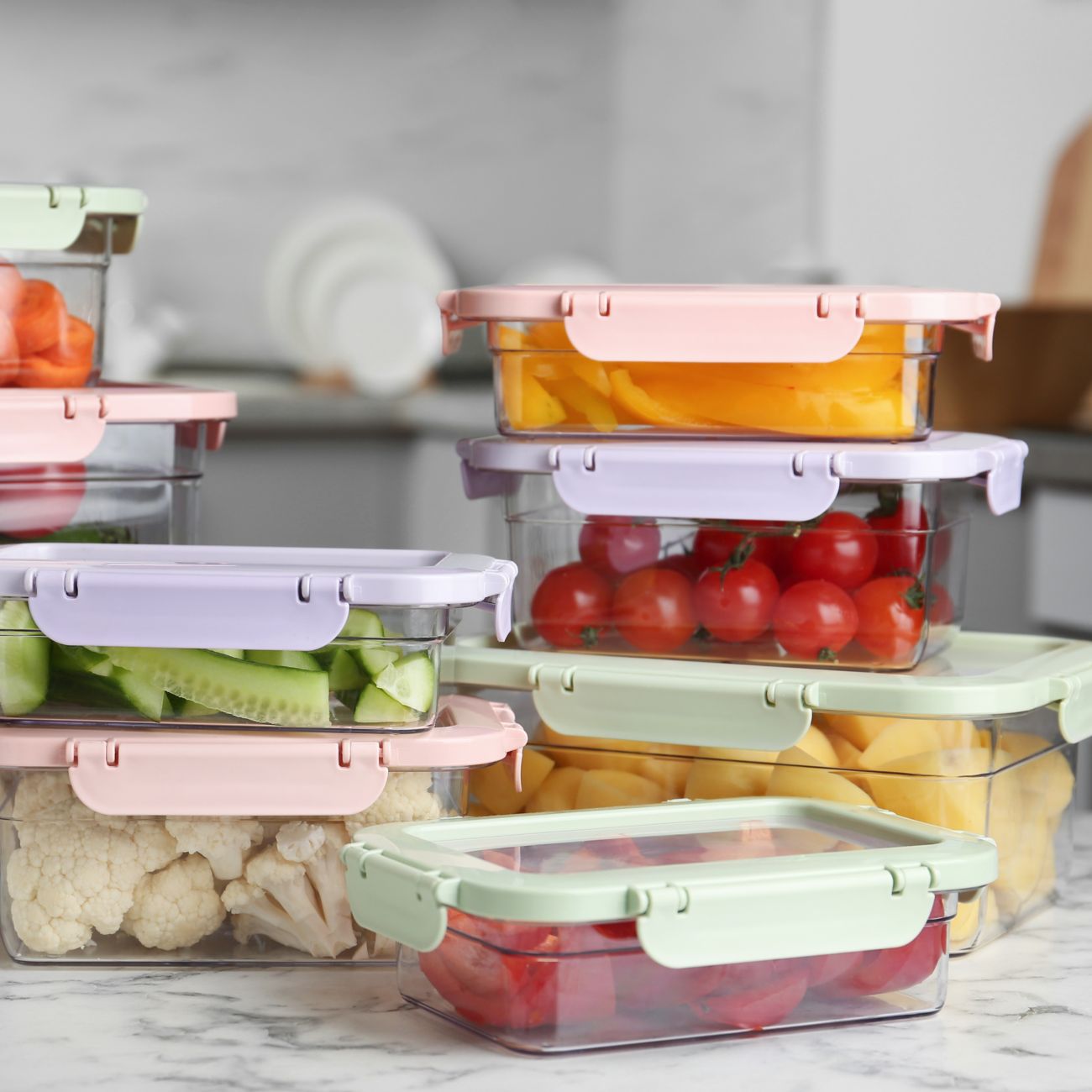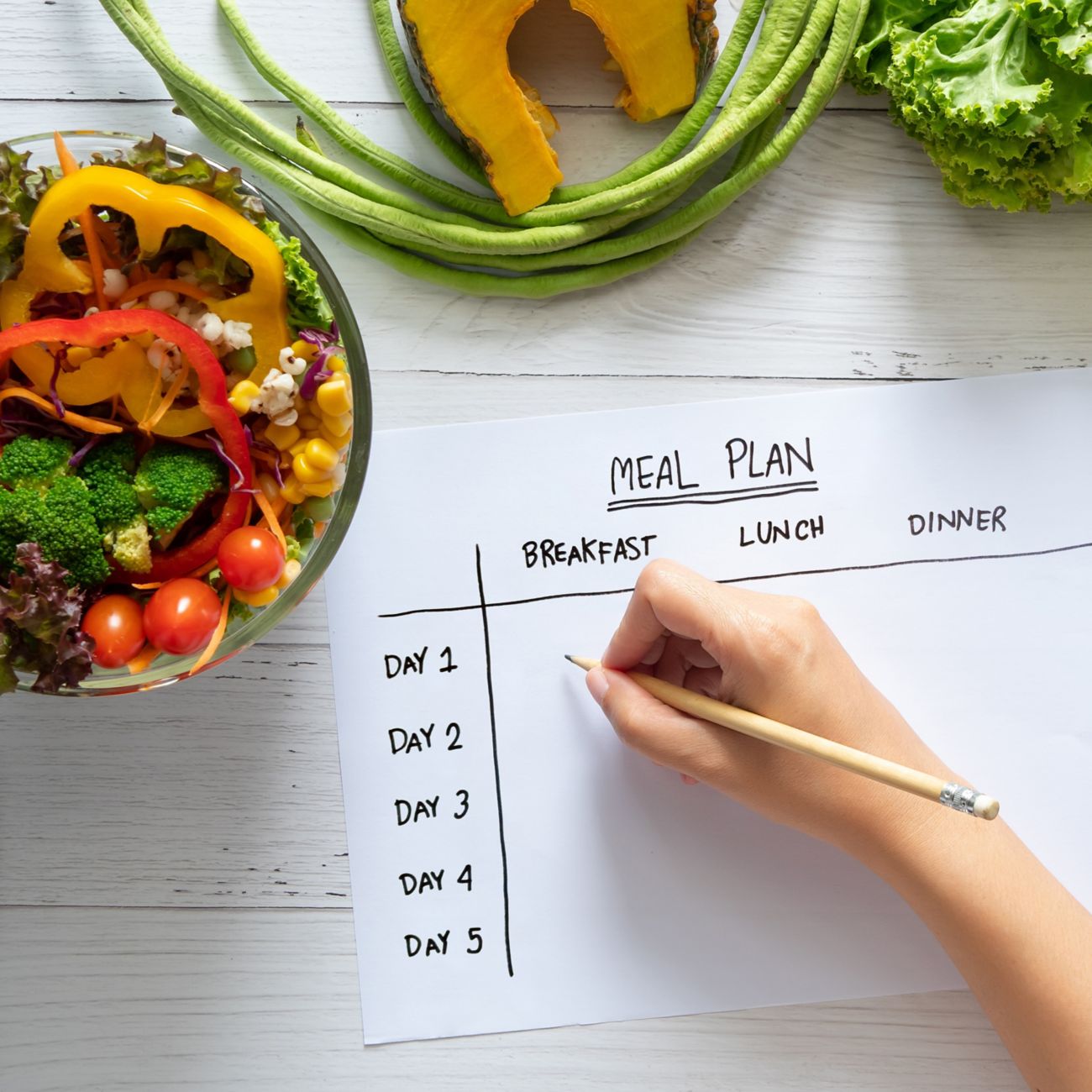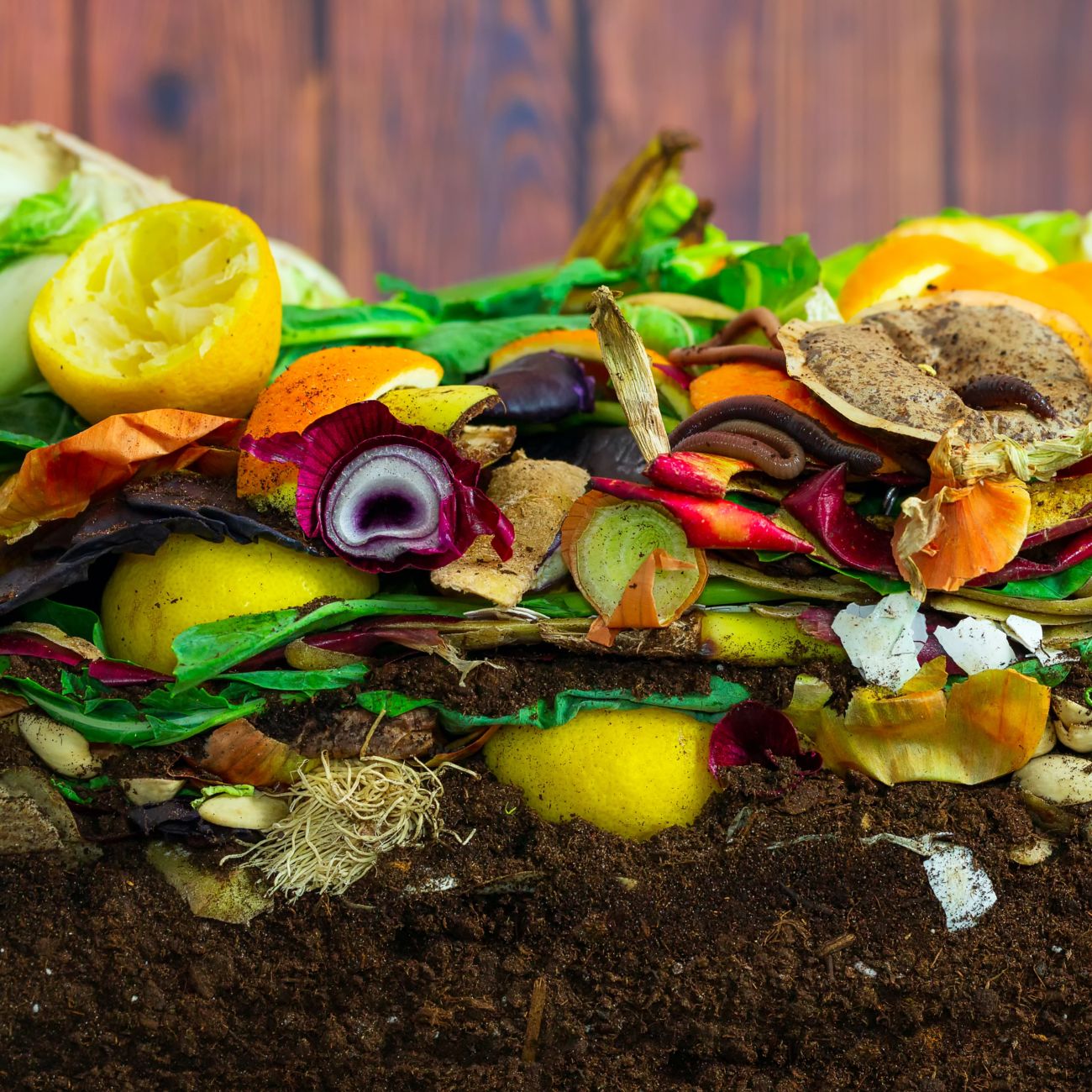The ultimate guide to use-by and best-before dates

Discover the different labels and what the dates mean
Fresh produce and packaged foods are generally marked with one of two dates: a use-by date or a best-before date. Confusion between the dates and their meanings is one of the reasons why many people throw food out too early or without needing to. So, the next time you’re staring into the fridge or pantry and wondering, ‘Is it ok to eat?’, this guide will help answer the question.

01
Understanding use-by dates
This is the date mark to keep an eye on. A use-by date signifies when a food must be consumed for health and safety reasons. It is marked on highly perishable foods, such as ready-made meals, and items that are classified as high risk upon expiration. Always stick to any use-by date, as expired foods may cause harm or illness, including food poisoning, if eaten. Foods beyond their use-by dates should not be cooked, frozen or consumed and should be thrown away.
Things to remember about use-by dates:
Check high-risk foods daily for signs of expiration.
Food may smell and look fine despite its use-by date, however food-poisoning bacteria can still be present. Keep to a ‘better safe than sorry’ philosophy.
Always follow storage instructions to ensure a food reaches its use-by date. Incorrect storage may mean an item expires before reaching its date.
If bread has a shelf life of less than seven days it will be labelled with a Baked-on or Baked-for date. Ideally bread should be eaten as close to the Baked-on or Baked-for date as possible. As with products displaying a best-before date these bread products will reduce in quality rather than being a food safety issue.

02
Understanding best-before dates
A best-before date is used to indicate quality rather than safety. It calls out the period up until a food is at the end of its peak quality. Best-before dates are found on food items such as fruits and vegetables, dried pasta, rice and some canned foods. You may notice some canned foods have a Best-before date and others may not. Those without a Best-before date have a shelf life longer than 2 years are not required to display a date, however, some manufactures put a Best-before on long shelf life products to help with stock rotation in the warehouse and supermarkets. Either way both products are suitable to be consumed. It’s safe to eat a food past its best-before date; you may simply notice that some of its quality, flavour or texture has been lost.
Things to remember about best-before dates:
It appears on foods with a generally longer shelf life and on a range of items, including frozen, fresh, canned and dried products.
Following a food’s storage instructions makes sure an item retains its quality for as long as possible.
Foods with a shelf life of more than two years may not be marked with a best-before date.
Some foods, such as eggs or baked goods, are ideally eaten before and as close to the best-before date as possible.
If bread has a shelf life of less than seven days it will be labelled with a Baked-on or Baked-for date. Ideally bread should be eaten as close to the Baked-on or Baked-for date as possible. As with products displaying a best-before date these bread products will reduce in quality rather than being a food safety issue.

03
How to prevent food waste
Knowing how to monitor the shelf life of a food item is one of the keys to preventing unnecessary food wastage. Use the tips below to make your food last longer and stop it from going into the bin before its time is up:
Design weekly menus based on perishable items you already have. This prioritises using up fresh products first, decreasing food waste and optimising your groceries.
Not going to use the chicken breast or steak in the fridge? Freeze it before the Best-before date. Always defrost it in the fridge and consume within 24 hours once defrosted.
Check an egg’s freshness by placing it in a glass of water. Fresh eggs should lay flat or stand upright at the bottom of the glass. An egg that floats to the top is old and should not be eaten.
Stewing is a great way to use up older whole fruits, such as apples and stone fruit. Vegetables can be braised or roasted and kept in airtight containers in the fridge.
Vegetables and fruits can also be blended, pureed or mashed, portioned in ice-cube trays and frozen. Veggie blocks are great for pasta sauces, soups or smoothies
Before heading to the store, make sure you use the food you already have, like leftovers and pantry staples. This not only helps reduce waste but also maximise the value of your previous shops.
Use OzHarvest Use it up tape on a fridge shelf as a reminder to use food first before it expires.

04
What to do with a product that has expired?
1. Use by date
Disposal: Be sure to responsibly discard perishable items that have passed their use-by date. Consider starting a compost to turn spoiled food into nutritious food for the garden.
2. Best before date
Charity food banks: If you spot the date approaching, think about donating non-perishable goods to local food banks. While some might accept items slightly past the best-before date, it's always a good practice to ask first.
Dos:
Rotate stock: Regularly rotate your pantry, fridge and freezer items. Bringing older items to the front ensures they get used first.
Educate yourself: Understand the difference between 'use-by', and 'best-before' dates. Only the use-by date is a potential safety concern.
Don'ts:
Assume safety: Never assume that food slightly past its use-by date is safe. It can harbour harmful bacteria, even if it smells and looks OK.
Repurpose without checking: Before using expired best-before goods for purposes like arts and crafts (like old beans for mosaics), ensure they aren’t mouldy or spoiled, as they could still be a health hazard.
FAQs:
Can you eat food on the last day of the use by date? Yes
Is it illegal to sell food after the use by date? Yes it is illegal to sell foods past their use by date.
Is it illegal to sell food after the best before date? No, foods can legally be sold past their best before date.
Is food ok to eat one day after the use by date? No, you should never consume a product past its use by date.
Is it safe to eat old fruits or veggies after the best before date? Best before dates relate to the quality of food and not safety. In some cases, food past its best before date can be given a new lease of life with a quick culinary transformation. For example, vegetables that are bendy or withered can be cooked. Bananas that are brown can be used in a smoothie or baked. Bread that is a little stale can be toasted.
Is it ok to eat frozen food after the best before date? They may be suitable, you can apply the look and smell approach before consuming, however if in doubt, do not consume and either compost the food or place in your council Food Organic Green Organic bin (FOGO).
Why do some products have other codes/time stamps on them in addition to best-before and use-by dates? Sometimes products may have additional codes such as times stamps which are known as production/batch codes and are part of the products traceability.
How closely should food use by dates be followed? Strictly follow them to prevent any food safety risks. You should never consume a product past its use by date.

